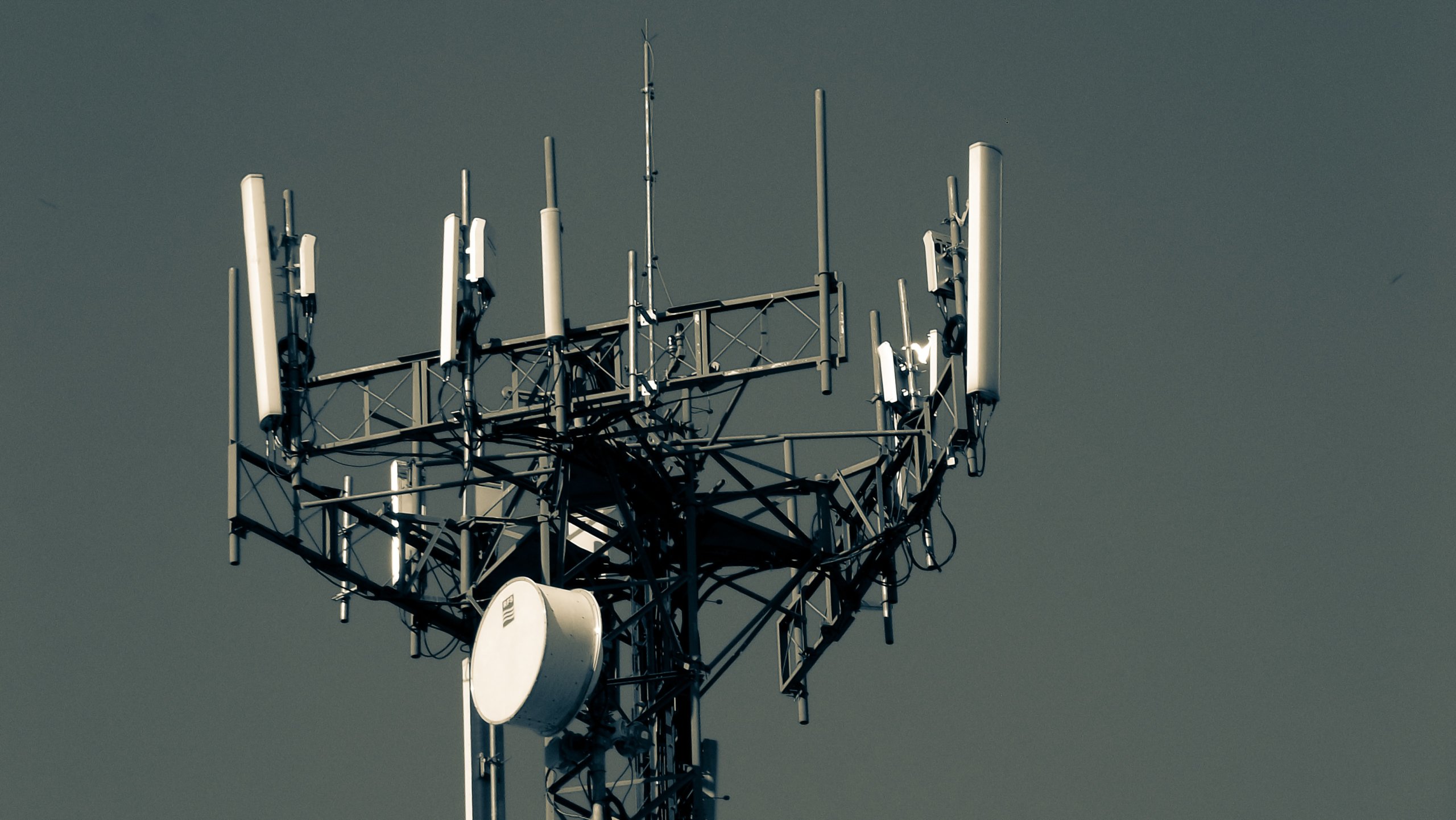 In 2019, a profound paradigm shift is set to occur that will affect consumers, enterprises, mobile app developers, and practically every technological field under the sun.
In 2019, a profound paradigm shift is set to occur that will affect consumers, enterprises, mobile app developers, and practically every technological field under the sun.
The transition to 5G, short for fifth-generation cellular networks, will forever change how we use smartphones and emerging technologies. Are you ready?
Unprecedented Potential
Before we begin, let’s start off with exactly what 5G is. Technically speaking, 5G is a set of rules and practices used to establish the operations and functionality of a cellular network. This includes aspects such as the radio frequencies employed, as well as how devices like antennas and computer chips transmit radio signals and share data.
Back in the 1970s, cellular engineers agreed upon a set of specifications to uphold for cellular networks. These specifications and resulting implementations get upgraded approximately every decade. So 5G is the fifth iteration of these specifications for wireless networks.
To utilize 5G, consumers will need to get new phones, and carriers will need to install new transmission equipment that is able to handle the new service’s capabilities. But convincing either party to do so shouldn’t be too challenging when they consider the benefits. With new mobile internet speeds, playing mobile games, shopping on your favorite app, and watching live sports will all get a revamp. Some experts even expect 5G to allow people to download entire movies and seasons of shows in seconds.
It’s worth noting again that smartphones will be far from the only thing that 5G affects. Other technologies and devices dependent on wireless networks, like drones, industrial robotics, cars, and security cameras will also feel the effects. 5G will also foster faster innovation and growth for disruptive technologies like artificial intelligence (AI).
With that being said, it’s really no wonder why leaders of countries like the U.S. and China see these new networks as a major competitive advantage.
A Need for Speed
So, just how fast will 5G be? Obviously, the answer depends on a variety of factors like where you live and which wireless carrier you use. During testing, Qualcomm stated that it was able to reach download speeds of 4.5 gigabits per second. But you should temper your expectations a bit; the San Diego-based developer of hardware said that initial median rates of 1.5 gigabits per second are more likely.
To put this in perspective, that’s basically 20 times faster than what 4G can offer. During testing, this median speed resulted in a typical movie being downloaded in 17 seconds, a fraction of the usual six minutes required on 4G.

When considering speed, latency is just as important to consider as pure download and upload rates. Latency is the lag you experience when you issue a command to your smartphone and wait for a response. With 4G, a lag of 50 to a few hundred milliseconds is normal due to the signals passing through multiple carrier switching centers. It’s also common for bits of your data dropped during transmittal when they are not essential for the task you are completing.
5G will cut latency down to only a couple of milliseconds and should be much more reliable in data transferring. This will open up a plethora of new capabilities.
For example, you can say goodbye to those clunky headsets required for virtual reality (VR). With 5G, VR developers will be able to delegate some device responsibilities to other machines wirelessly, meaning we’ll be one step closer to VR goggles the size of eyeglasses.

Similarly, we’ll be able to experience augmented reality (AR) in real time. Patrick Moorhead, an analyst at Moor Insights & Strategy, says it will now be possible for people to point their smartphones at a sports event and see statistics superimposed on players as the game proceeds.
Should We Buy 5G Phones Right Away?
As with any new technology, there’s still a lot of infrastructure groundwork and kinks to work out for 5G. Michael Thelander is the president of wireless consultancy Signals Research. Here’s his take on the situation: “I wouldn’t buy a 5G phone until it supports 5G in one of the lower-frequency bands. For all operators but Sprint, this means at least late 2019, and more likely 2020.”
Still, that hasn’t stopped insiders from showing their excitement. This year, 5G technology is a big part of major trade events like the Consumer Electronics Show in Las Vegas and MWC Barcelona in Spain. And as manufacturers like Samsung demonstrate their prototypes, other device makers are racing to catch up.
Everyone’s gearing up for a faster future with 5G. And once it’s here, things will never be the same. What are you most excited about when it comes to 5G? Let us know in the comments!





